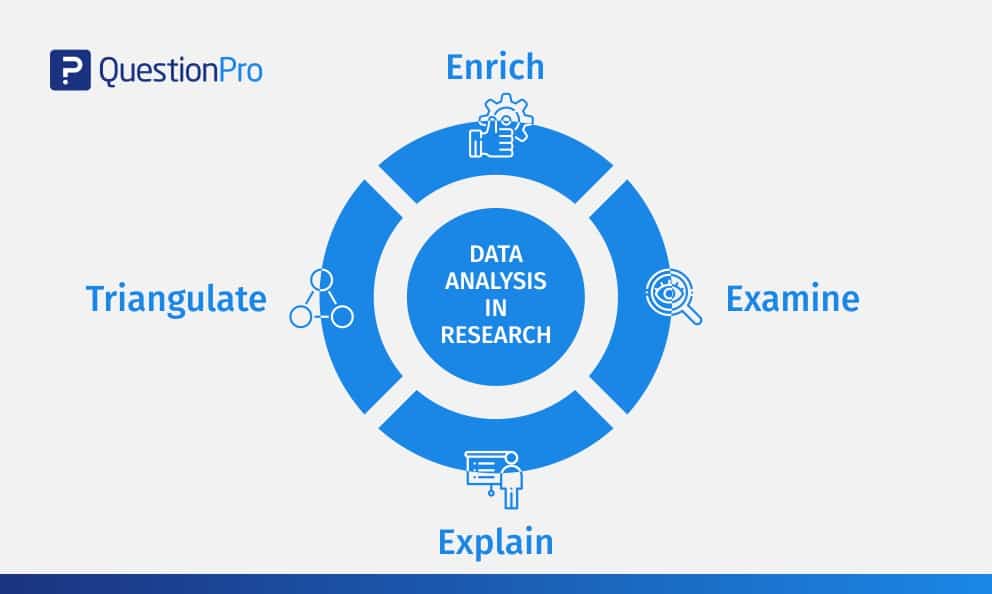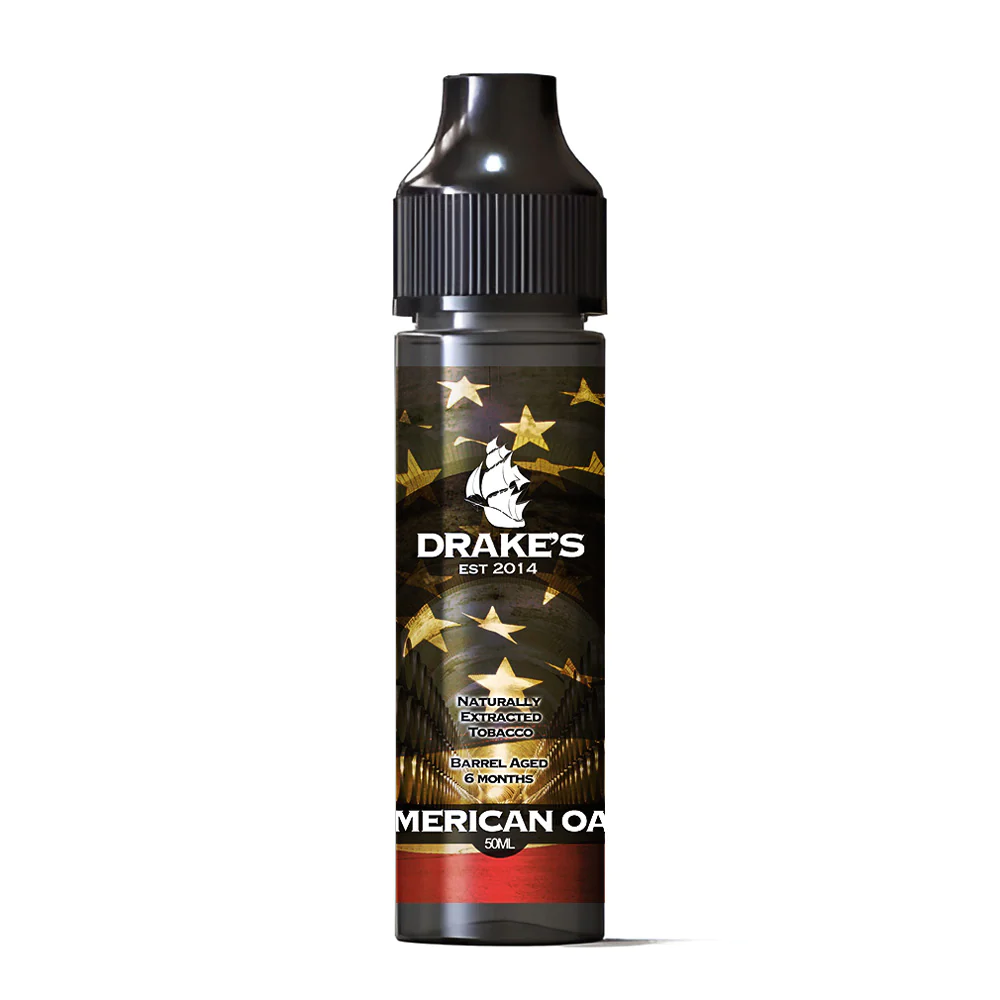Introduction
- Brief explanation of the importance of quality control in CBD products.
- Introduction to Certificates of Analysis (COAs) as a crucial tool for ensuring transparency and safety.
- Overview of the topics to be covered in the guide.
- Understanding Certificates of Analysis (COAs)
1 Definition and Purpose of COAs
- Definition of COAs as documents provided by third-party laboratories that analyze the composition of CBD products.
- Explanation of their purpose in verifying the quality, potency, and safety of CBD products.
1.2 Key Components of a COA
- Explanation of the different sections typically found in a COA, including product information, test results, and laboratory information.
- Detailed description of the important elements in a COA, such as cannabinoid profile, terpene profile, contaminants testing, and potency analysis.
Importance of Third-Party Testing
2.1 Why Third-Party Testing is Essential
- Explanation of the potential conflicts of interest that may arise if testing is conducted in-house by the CBD manufacturer.
- Discussion of the benefits of independent third-party testing for ensuring unbiased and accurate results.
2.2 Accredited Laboratories
- Explanation of the importance of choosing accredited laboratories that follow strict quality control measures and adhere to industry standards.
- Overview of various accrediting organizations and certifications.
Interpreting COA Results
3.1 Cannabinoid Profile
- Explanation of the different cannabinoids commonly found in CBD products, including CBD, THC, CBG, and others.
- Discussion of the significance of the cannabinoid profile in determining the potency and legality of the product.
3.2 Terpene Profile
- Introduction to terpenes and their role in contributing to the aroma, flavor, and potential therapeutic effects of CBD products.
- Explanation of the importance of terpene analysis in understanding the product’s overall composition and potential benefits.
3.3 Contaminant Testing
- Overview of common contaminants that may be present in CBD products, such as pesticides, heavy metals, and residual solvents.
- Discussion of the potential health risks associated with these contaminants and the importance of their analysis in COAs.
3.4 Potency Analysis
- Explanation of the potency analysis section, which indicates the concentration of cannabinoids in the product.
- Discussion of the significance of accurate potency information in determining the appropriate dosage and ensuring product consistency.
Verifying COAs
4.1 Importance of Authenticating COAs
- Explanation of the need to verify the authenticity and credibility of COAs to ensure they are not falsified or misleading.
- Introduction to methods for verifying COAs, such as checking for lab accreditation, contacting the laboratory, and cross-referencing batch numbers.
4.2 Red Flags to Watch for in COAs
- Identification of common red flags that may indicate potential issues with the product or COA, such as inconsistent test results, missing information, or expired tests.
Consumer’s Role in COA Analysis
5.1 Educating Yourself as a Consumer
- Encouragement for consumers to educate themselves about COAs and their importance in making informed purchasing decisions.
- Explanation of key factors to consider, such as desired cannabinoid ratios, terpene profiles, and contaminant limits.
5.2 Transparency and Trust
- Discussion of the importance of supporting CBD brands that prioritize transparency, readily provide COAs, and have a commitment to quality and safety.
Conclusion
- Recap of the importance of Certificates of
- Analysis (COAs) in ensuring transparency and quality in CBD products.
- Summary of the key points discussed in the guide.
- Encouragement for consumers to prioritize products that provide COAs and to make informed choices based on the information provided.
- Final thoughts on the significance of COAs in the CBD industry and their role in promoting consumer trust and confidence.
Note: The comprehensive guide on Certificates of Analysis Explained can be further expanded by providing more detailed information on specific topics, including examples and case studies to enhance the reader’s understanding. Additionally, including visuals such as COA samples and charts can help illustrate the concepts discussed.
- What Is Delta-10 Thc? Learn About Its Effects, Benefits, And More - November 8, 2023
- Oils By Petreleaf-Exploring the Finest Oils A Comprehensive Evaluation - September 21, 2023
- The Comprehensive Guide to the Benefits of Vitamin C - July 13, 2023




